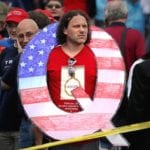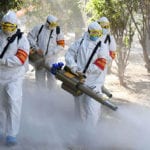 Religion
Religion  Religion
Religion  Weird Stuff
Weird Stuff 10 Horrifying Final Destination-Like Accidents
 Movies and TV
Movies and TV 10 Music Biopics That Actually Got It Right
 History
History 10 Momentous Events That Also Occurred on July 4th
 Animals
Animals 10 Times Desperate Animals Asked People for Help… and Got It
 Movies and TV
Movies and TV 10 Movie Flops That Found Their Way to Cult Classic Status
 History
History 10 Things You Never Knew About Presidential First Ladies
 Movies and TV
Movies and TV 10 Zombie Movies That Will Actually Terrify You
 Humans
Humans 10 Times Scientists Were Absolutely Sure… and Absolutely Wrong
 Our World
Our World 10 Pivotal Moments for Life on Earth
 Religion
Religion 10 Innovations and Discoveries Made by Monks
 Weird Stuff
Weird Stuff 10 Horrifying Final Destination-Like Accidents
 Movies and TV
Movies and TV 10 Music Biopics That Actually Got It Right
Who's Behind Listverse?

Jamie Frater
Head Editor
Jamie founded Listverse due to an insatiable desire to share fascinating, obscure, and bizarre facts. He has been a guest speaker on numerous national radio and television stations and is a five time published author.
More About Us History
History 10 Momentous Events That Also Occurred on July 4th
 Animals
Animals 10 Times Desperate Animals Asked People for Help… and Got It
 Movies and TV
Movies and TV 10 Movie Flops That Found Their Way to Cult Classic Status
 History
History 10 Things You Never Knew About Presidential First Ladies
 Movies and TV
Movies and TV 10 Zombie Movies That Will Actually Terrify You
 Humans
Humans 10 Times Scientists Were Absolutely Sure… and Absolutely Wrong
 Our World
Our World 10 Pivotal Moments for Life on Earth
10 Weird Things You Need To Know About Traffic
Traffic can be the bane of our existence. There’s nothing that will ruin your day faster than being stuck in a traffic jam all morning, and it’s even worse when there’s seemingly no reason for it. There’s a lot of interesting science behind traffic, though, and while understanding it might not make sitting in it any better, it can teach you how to avoid some of the mistakes we all make behind the wheel.
10The Way We Merge Causes Problems
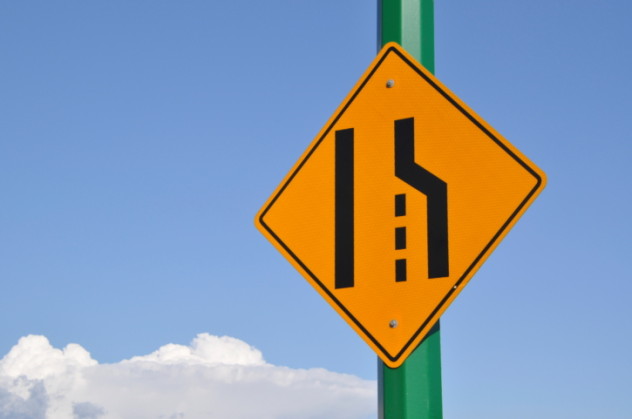
Whether you’re merging from the left or the right, chances are good that you’re doing it wrong and causing all sorts of problems. When most people see that they need to merge, their first instinct is to do it right away. They brake, slow down, speed up, and change lanes in between oncoming traffic. According to the Minnesota Department of Transportation, that’s completely wrong. Sudden slowing causes traffic to back up, a problem that’s made worse by sudden lane changes and other cars braking to accommodate the merging traffic.
So what should you do? Exactly what you probably curse drivers for doing: waiting until the last minute. If you do that, traffic will fall into a more natural pattern called a “zipper merge,” meaning there are no surprises, no sudden braking, and a smoother transition from one lane to another, which cuts down on backups. This does, of course, rely on other drivers to let you in at the last minute and be courteous enough to not cut you off, which causes all sorts of other problems.
9Daylight Savings Time And Accidents

Daylight savings time is more than just a general annoyance—it’s also the most dangerous time to be on the road. The period of adjustment following the springtime change equals a 6–17 percent increase in accidents during the next few days. The following week, after people have adjusted, usually shows a subsequent drop in accidents, largely due to the longer periods of daylight.
While it’s understandable that we see more accidents when we lose an hour of sleep, an increase in traffic accidents surrounding the time change in the fall has also been reported. That’s because many people choose to spend their extra hour going out with friends and indulging in leisure activities, including drinking.
8You Are Causing The Traffic Jams You Hate
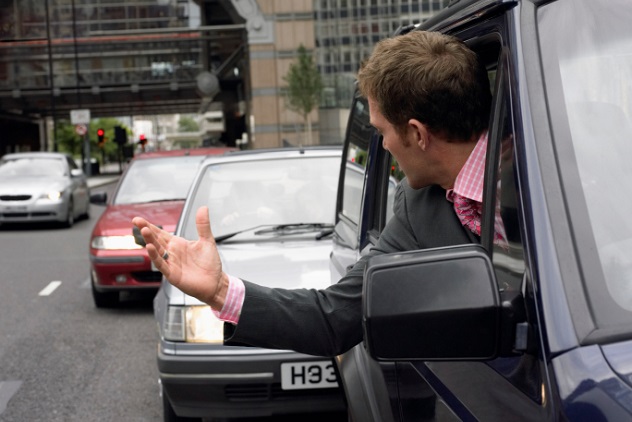
Traffic jams have long been chalked up to the sheer volume of traffic on the roads, but it turns out that even heavy traffic can flow smoothly if people maintain a constant speed. The problem is that we can’t. Researchers at the University of Exeter have found that just one person even slightly stepping on their brakes can have a devastating effect on the traffic around them.
On even moderately busy roads, it can take only a few minutes for traffic to grind to a complete halt behind someone who tapped their brakes to let another driver merge. The standstill usually occurs several minutes after the braking, well after the person that caused the problem in the first place has gone on his or her way.
7Traffic Jams Created Our City Layouts
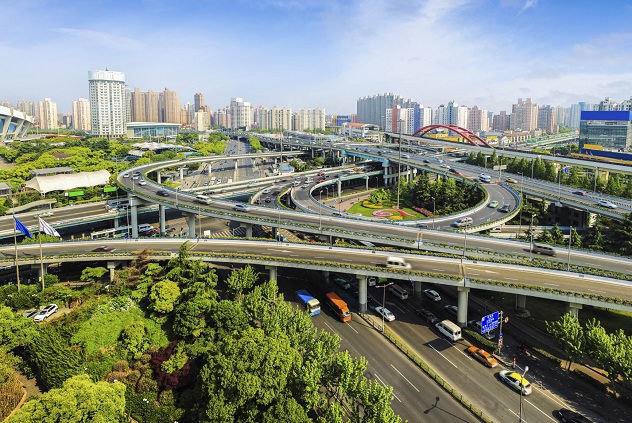
Once upon a time, cities tended to spring up around a single epicenter where most businesses were located. Now, most cities are sprawling masses of numerous commercial districts, and that’s largely because of traffic jams. Researchers from the Institute of Theoretical Physics in France have looked at 9,000 different cities across the United States and examined just how and when suburbs evolved, how commercial areas outside of the city center grew, and how easy it is to travel in the center of the city.
According to their research, businesses tend to establish themselves on the outskirts of the city once traveling into the city center gets too difficult. In fact, the cities that remain centralized for the longest times generally have some sort of reliable mass transit system that allows easy access to all areas of the city center. Using traffic patterns as an urban planning tool can mean life or death for commercial and residential areas.
6Horse Manure
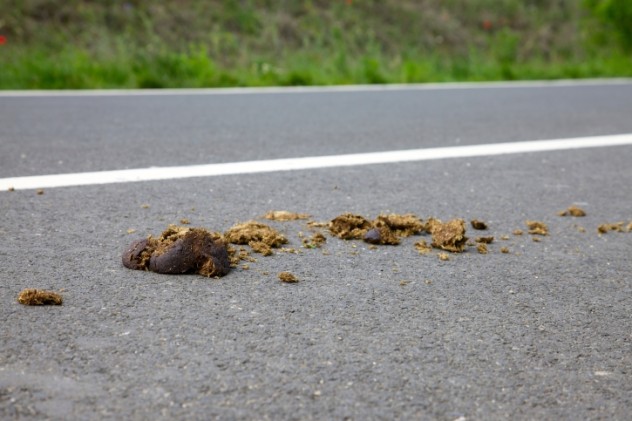
While the problems of modern traffic might be new, the transportation methods of the olden days had their share of issues. Anyone who thinks that traffic pollution is a modern invention should look at the problems that befell London at the turn of the century. In the late 1800s, almost all traffic was horse-drawn, resulting in 11,000 horse-drawn carriages and several thousand 12-horse buses making their way across the London streets every day.
All of those horses produced manure—about 7–15 kilograms (15–35 lb) of it per day, to be exact. In 1894, it was estimated that it would have only taken 50 years for the manure to cover all of London’s streets almost 3 meters (9 ft) deep. Other major cities, like New York, had similar problems. New York City’s horses produced an average of 1 million kilograms (2.5 million lb) of manure each day, requiring the city to spend a lot of money cleaning it up.
Something had to be done about it, and the result was the first international urban planning conference ever held. When no solution was reached, the landscape was looking bleak. Fortunately, it wasn’t long before the advent of the car solved the problem. It arguably brought an entirely new set of problems with it, but things could have been different if the electric cars of Victorian London had been more economical.
5Parking Meters Were Designed To Control Traffic
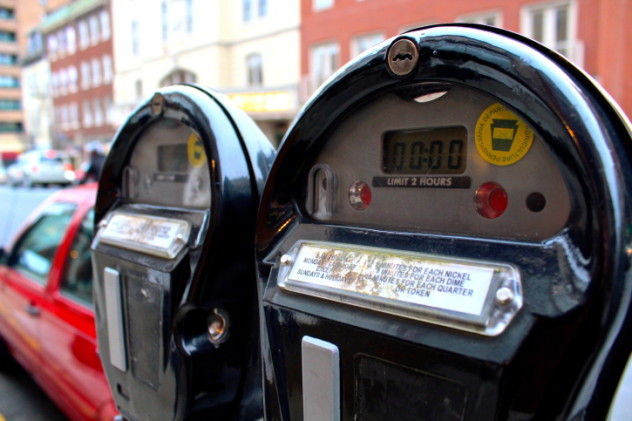
Today, parking meters are an annoyance. They never seem completely accurate, you never have change when you need it, and half of them don’t even work. When they were first introduced, however, they weren’t meant to be a quick way for the city to make some easy money. They were designed to help control the flow of traffic that was quickly taking over city centers.
Most cities weren’t designed with the idea of cars in mind. When the first streets were laid, cars were still a thing of the future. After their introduction, drivers simply parked wherever they liked. Downtown office workers parked on the street, leaving no room for shoppers or short-term visitors and leading to all sorts of problems like double-parking and traffic jams.
The first parking meter was installed in Oklahoma City in 1935 with the goal of discouraging people from parking on the side of the street for the whole day, providing better access for shoppers and encouraging workers to use mass transit or other modes of transportation. As a result, traffic patterns were lighter, people had easier access to stores and restaurants, the city earned money for improvements, and a few new jobs were created to enforce parking regulations.
4Billboards Change The Way You Drive
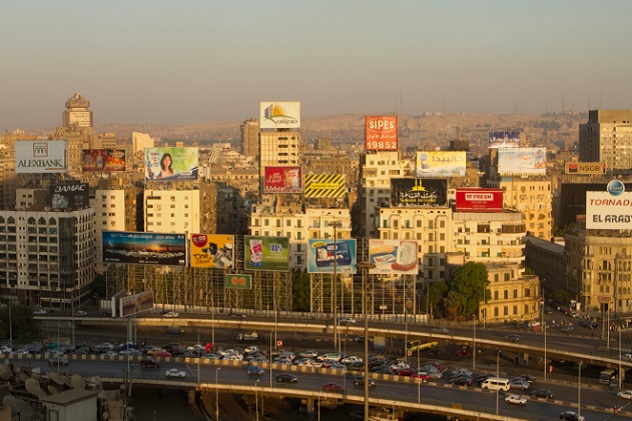
Distracted driving is dangerous driving. That’s why you can’t talk on your phone and drive at the same time in many places. There’s one age-old highway occupant that’s causing all sorts of traffic problems as well: the billboard. Studies at the Institute for Road Safety Research in the Netherlands have found that, unsurprisingly, drivers spend less time paying attention to the road and other drivers when there are billboards along the roads.
They also found that most people are more capable of remembering the billboards they passed than the traffic signs they just saw. Instances of veering into another lane, misjudging distances between vehicles, and making dangerous decisions all increase when there are billboards present. The problem is getting even worse with the advent of digital billboards.
According to researchers at the University of Granada, the last billboard you see before going through a yellow light has a measured impact on your decision to stop or keep going. People who were exposed to billboards and other advertisements displaying negative subject matters, such as accidents or abuse, were more likely to stop at the yellow light. Cheerful, happy billboards and images, on the other hand, made people more likely to run the light.
3Finland’s Sliding Scale Ticket System
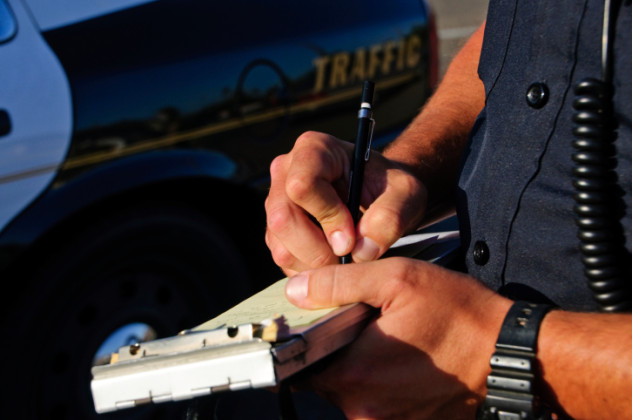
In many places, speeding ticket fines are based on variables like how fast you were going and how many previous offenses you’ve committed. Finland is taking a different tack, however. Fees for speeding are no longer a set number but based on a sliding scale according to the offender’s income. Previously, police had to rely on offenders to give them an honest answer about their gross salaries, but now they can tap directly into the national tax system to see what people make.
Several other European countries have adopted similar policies. In Switzerland, the fine for speeding is capped at $1 million, while Germany’s cap is a staggering $16 million. One of the highest fines leveled against a driver so far was a $290,000 ticket issued to a Swiss man whose Ferrari was clocked at twice the speed limit through a small residential village. Even that is dwarfed by the fines facing a Swedish driver, who could be forced to pay up to $962,000.
2Why More Lanes Don’t Mean Less Traffic
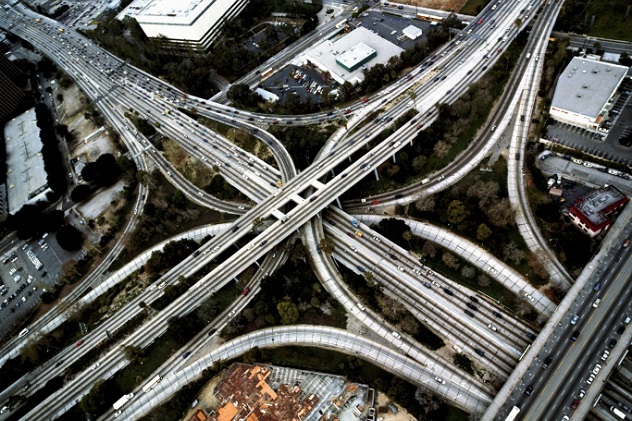
The sight of a new lane being added to a perpetually congested highway usually evokes two emotions: annoyance at the current delay and hope that traffic will decrease after the road is finished. Unfortunately, it never, ever works that way. Researchers from the University of Pennsylvania looked at the correlation between expanding roads and the amount of traffic on those roads over a 10-year period and found that the amount of traffic actually went up following the addition of new roads.
The prevailing theory regarding this strange phenomenon is that when it’s easier to travel, people travel more. Of course, the reverse is also true. If you eliminate lanes of traffic or side streets, traffic will adjust to become no better or worse than it was before. They’ve tried it in notoriously congested cities like Paris and San Francisco.
Studies are now suggesting that the trick isn’t to make roads more available but to make them a privilege to use. Some cities, like London, are doing just that by charging a fee to use their roads, and it’s working. People will combine trips, turn to mass transit, or choose different modes of transportation, like biking or walking, if they have to pay to use the roads.
1Traffic Mimics The Patterns Of Bacteria And Slime Mold
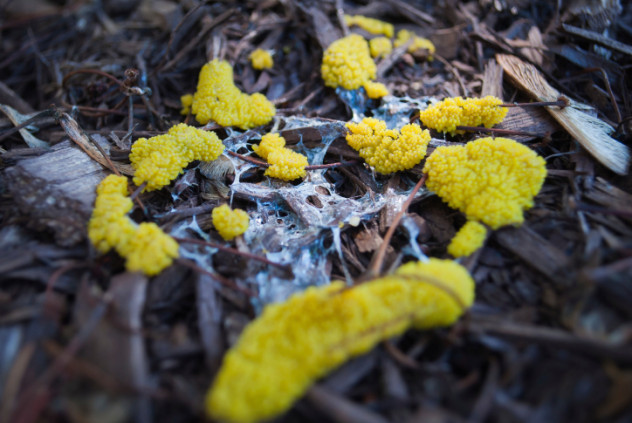
Next time you’re trying to make your way through a maze of one-way streets, get out of a roundabout, or cut across several lanes of traffic to make your exit, take heart in the fact that the person who designs these streets has a lot in common with both E. coli and slime mold.
In an attempt to determine a solution to the traffic problems of Tokyo, researchers from Hokkaido University set up a mold-friendly map of the area with morsels of food representing other cities, lights as obstacles, and slime mold as the roadways. They then placed slime mold where Tokyo is located on their map and watched as it spread out to reach food sources and avoid the lights. The resulting pattern was very similar to railways and roadways around Tokyo. As the mold matured, it began optimizing itself to reach the food sources most efficiently while eliminating parts of itself that weren’t as optimal, making researchers suspect that studying the patterns of slime mold might reveal something about how to make current traffic patterns and roadways more efficient.
Slime mold isn’t the only thing that naturally copies roadways. While an Ohio State professor was trying to figure out how E. coli secured food sources, he noticed that while the bacteria itself moves randomly, it spends a greater percentage of time swimming toward its food than away from it. While that seems simple, the bacteria is actually performing a complicated natural optimization of movement. It’s been theorized that the concept could be applied to roads and traffic to determine the best way to code traffic lights. China is already beginning to look at the E. coli method of determining traffic patterns, officially called “Bacterial Foraging Optimization,” to avoid traffic jams like the 12-day nightmare they experienced in 2010.
